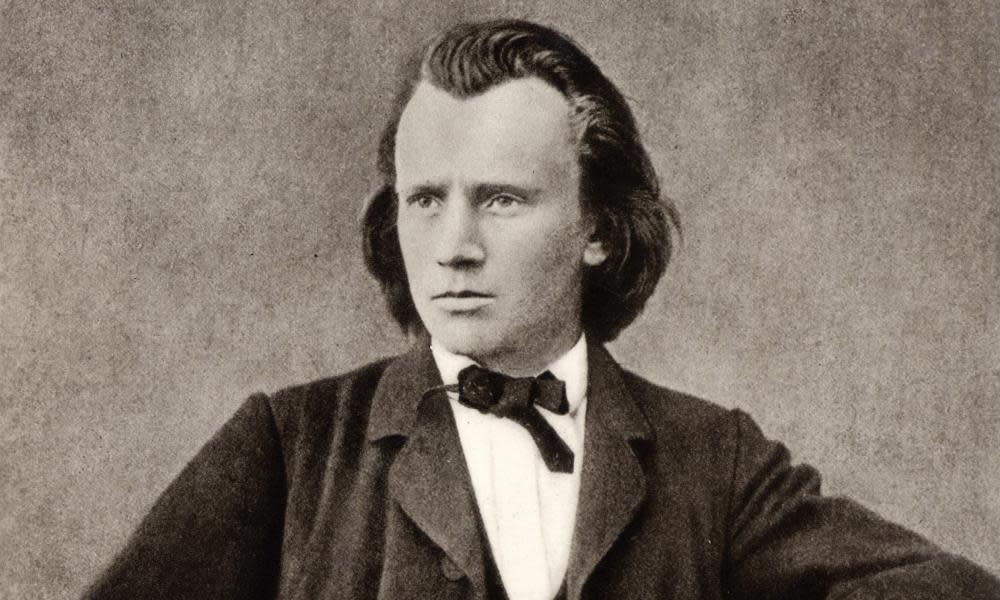Home listening: Brahms for all seasons

• Brahms’s father was a horn player. The composer himself played the piano and, to a lesser extent, the violin. His understanding of all three instruments – an odd combination which he pioneered – gives a special eloquence to the Horn Trio in E flat, written in 1865 when Brahms was 32 years old. Horns with valves were in use, but he opted, here, for the “natural” horn, with its more limited range and raw, melancholy timbre. André Cazalet (horn), Guy Comentale (violin) and Cyril Huvé (piano) give an eloquent performance on Calliope, capturing both the elegiac and exuberant, hunting qualities of this work. Ligeti’s Horn Trio (1982) calls itself “Hommage à Brahms”. It pushes modern horn technique in new, challenging directions yet remains expressive, witty in the fast second movement, dark and impassioned in its slow, final lament. With so few works written for this combination, these are the best, masterpieces both.
• The American pianist Garrick Ohlsson, a player with a big sound and equally generous sensitivity, has grouped three Brahms sets – Fantasias Op 116, Intermezzos Op 117 and Clavierstücke Op 118 – on Hyperion. This late outpouring, after Brahms had threatened creative silence, encompasses all the composer’s moods and characteristics. The quirky, faltering gait of Op 116 No 5 in E minor, the capacious desolation of all three Op 117 intermezzos and the major-key grief of Op 118 No 2 in A major, elusive music that separates those who can play Brahms and those who can’t, are handled with tireless perception and not a shred of bombast. It makes addictive listening.
• In The Essay: Public Brahms, Private Brahms, Natasha Loges explores the often misunderstood composer. It’s one of a series of five essays made, with Lesley Chamberlain, for Radio 3’s Brahms Experience in 2014. Worth a revisit, via BBC Sounds.

 Yahoo News
Yahoo News 
